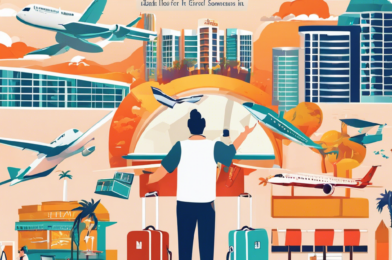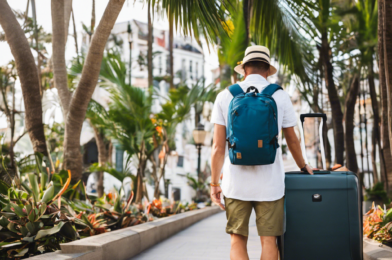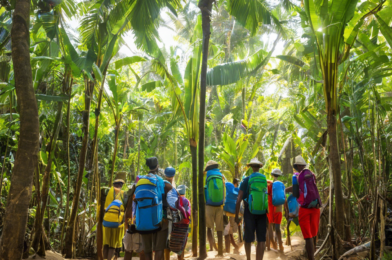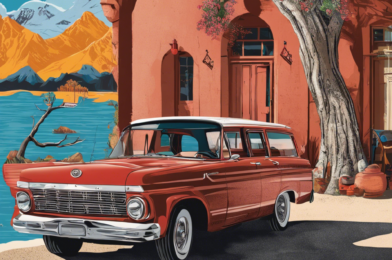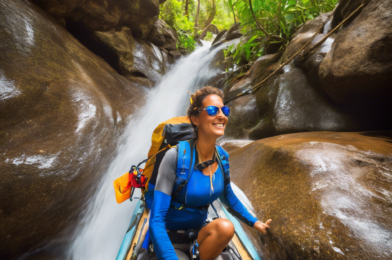Travel rewards programs offer an easy way to earn free flights, hotel stays, and other perks just by using a credit card for your everyday spending. The key is maximizing the number of points or miles you can earn from the get-go. Here are some tips to hack your way to free travel the fast way:
Choose the right rewards credit card. The more you spend on a card, the more points you’ll earn. Look for a card that offers bonus points for common spending categories like dining, groceries, and gas. Some cards offer 50,000 points or more just for signing up and meeting a minimum spend requirement.
Take advantage of sign-up bonuses. When you open a new travel rewards card, you can often earn a lump sum of points or miles just for meeting a minimum spend requirement within the first 3 months. Make sure you can meet the requirement, then put all your regular spending on the card to earn the bonus.
Spend strategically. Use your travel rewards card for all your regular and recurring bills like groceries, dining, streaming services, and subscriptions. Pay for work expenses with the card and get reimbursed. The more you spend, the more you earn.
Earn bonus points for shopping portals. Many travel rewards programs offer bonus points or miles for shopping with their retail partners. Log in to your frequent flyer program or credit card website and click through their shopping portal to earn extra points for the same purchases.
Dine out for extra points. Many travel rewards cards offer bonus points or miles for dining at restaurants. Check your card benefits and see if they have a dining rewards program you can enroll in to earn even more for your restaurant meals.
Redeem your points for the best value. Don’t waste your hard-earned points on merchandise or gift cards. Save them up for free flights, hotel stays, and travel experiences. Look for ways to get the maximum value like transferring to airline partners or redeeming for first class travel.
Consider business credit cards too. If you own a small business, you can earn points even faster with a business travel rewards credit card. Look for big welcome bonuses and generous rewards rates for your business expenses. The points you earn can be used for both business and personal travel.
Take advantage of loyalty programs. Most major airlines, hotels, and rental car companies offer loyalty programs that are free to join. Link your travel rewards credit card to the programs to earn points or miles with every purchase. The more points you have, the more free travel you can enjoy.
